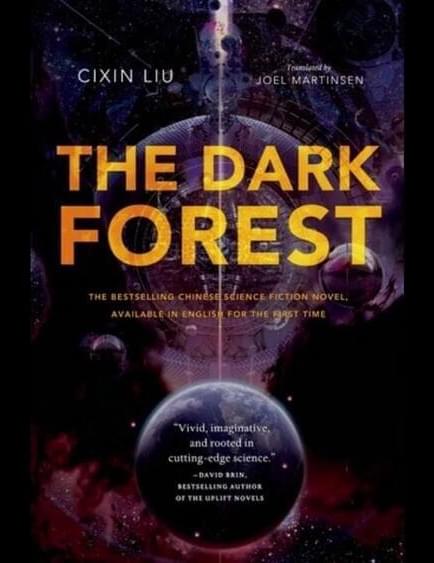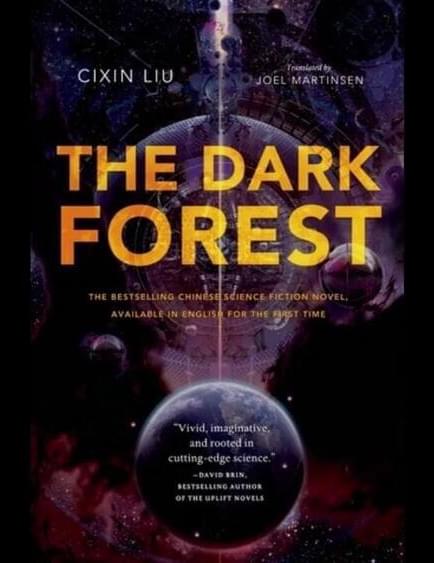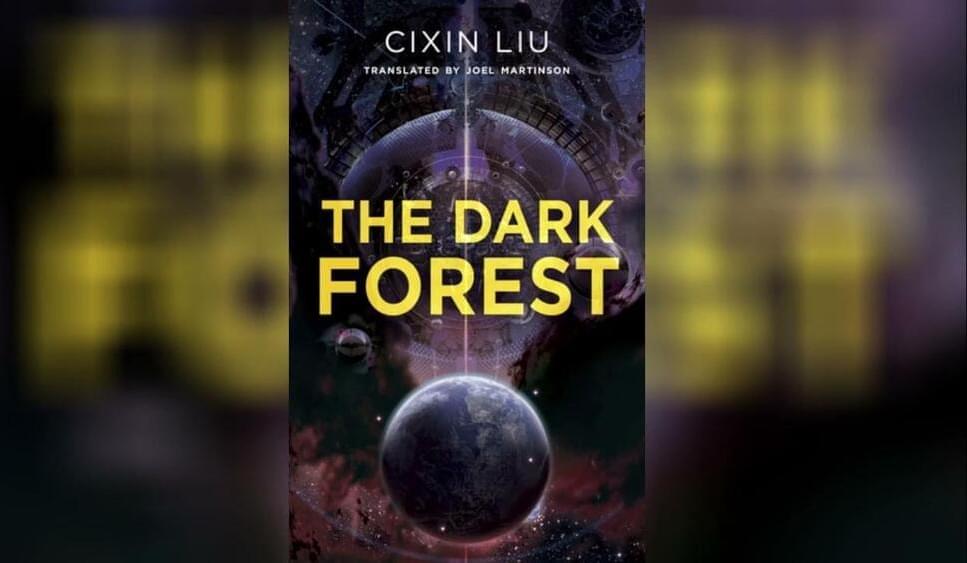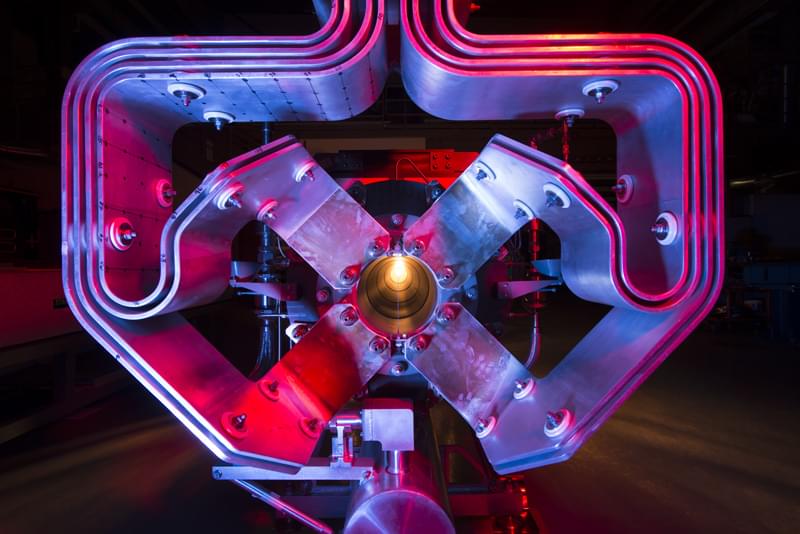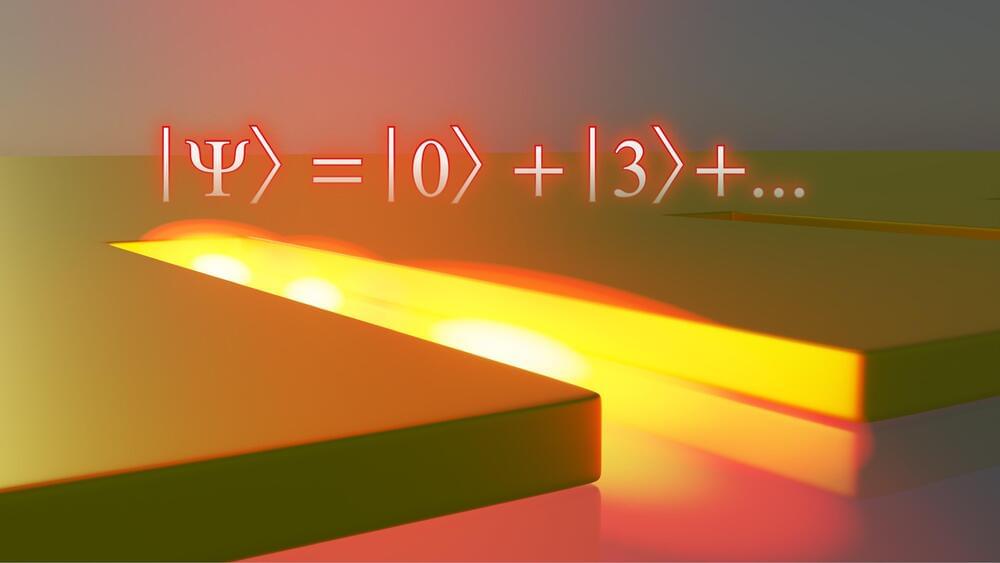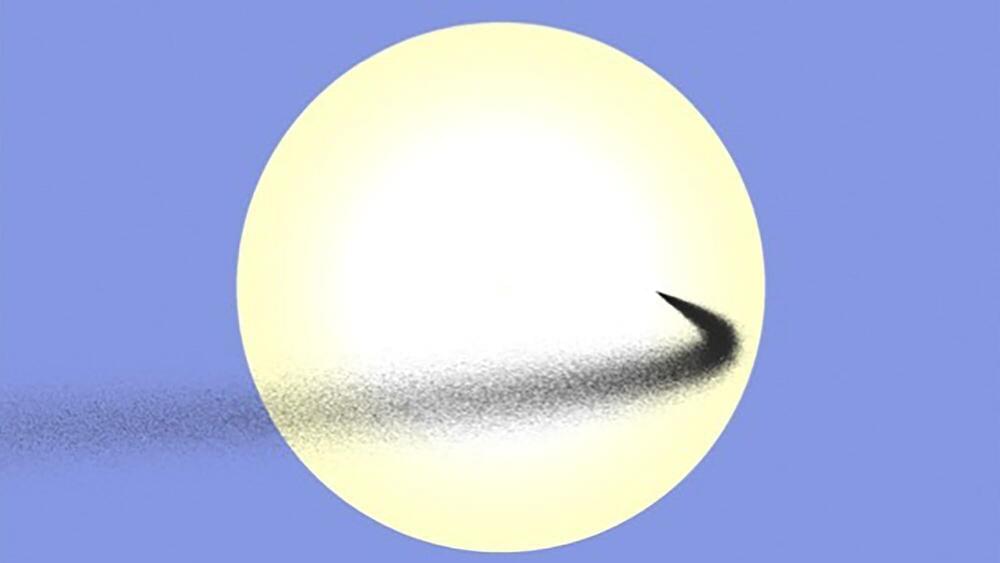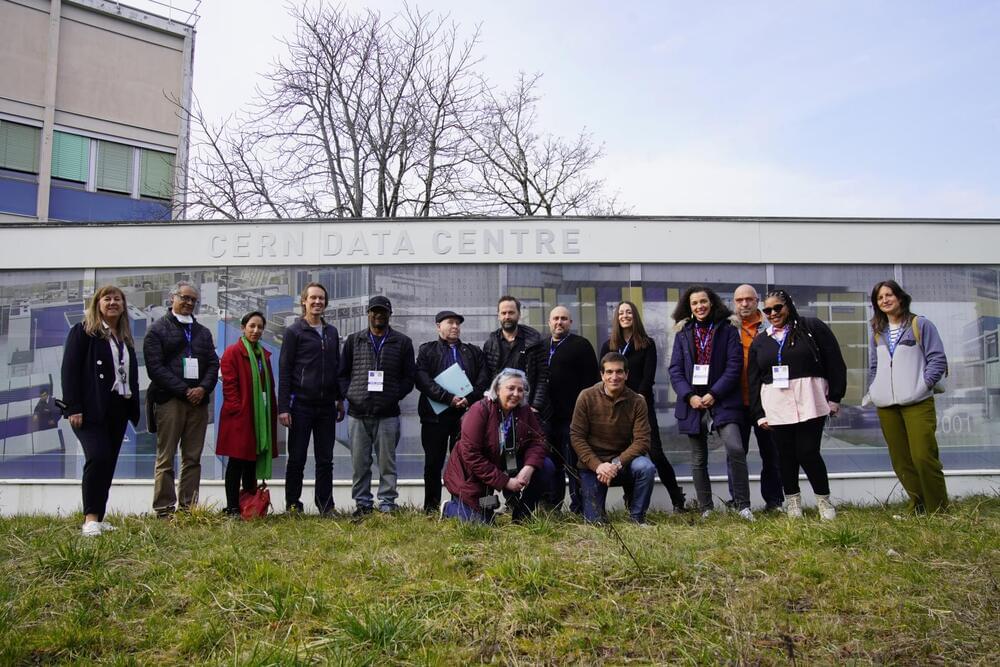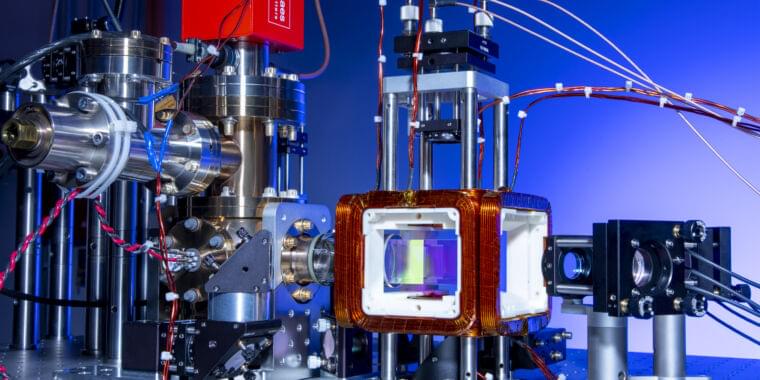Feb 18, 2023
The Dark Forest by Liu Cixin (Part 3) — Science Fiction Audiobook
Posted by Dan Breeden in categories: futurism, particle physics
https://youtube.com/watch?v=JfQWe–kciM
This is the second novel in “Remembrance of Earth’s Past”, the near-future trilogy written by China’s multiple-award-winning science fiction author, Cixin Liu.
In The Dark Forest, Earth is reeling from the revelation of a coming alien invasion — four centuries in the future. The aliens’ human collaborators have been defeated but the presence of the sophons, the subatomic particles that allow Trisolaris instant access to all human information, means that Earth’s defense plans are exposed to the enemy. Only the human mind remains a secret.
Continue reading “The Dark Forest by Liu Cixin (Part 3) — Science Fiction Audiobook” »
